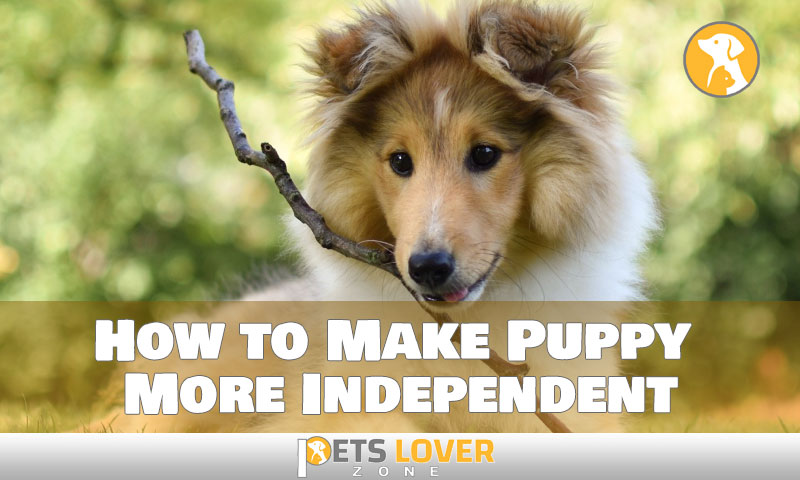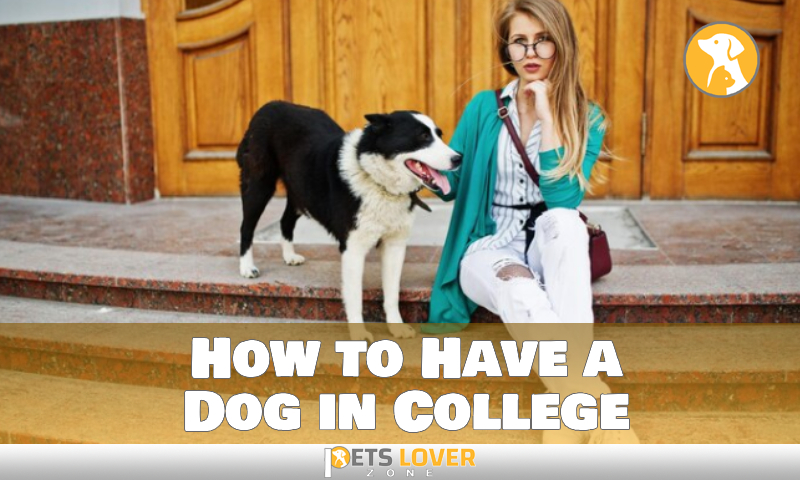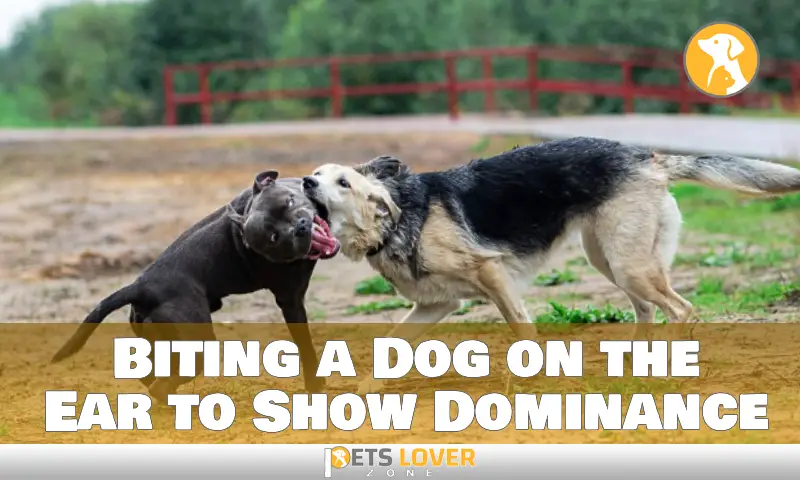Having an independent pup is a dream come true for many pet owners.
Not only does an independent pup mean that you don’t have to constantly monitor their every move, but it can also help them to develop better social skills and build confidence. An independent pup is a happy pup, so it’s important to start developing their independence early on.
In this guide, we will be discussing the basics of making your puppy more independent. We will cover topics such as providing mental stimulation and physical exercise, teaching basic commands, establishing house rules, and more. With these tips and tricks, you can give your pup the tools they need to become a confident and independent adult dog.
Introducing Your Puppy to Their Space
Making your puppy independent starts with introducing them to their own space. This is the safe area where they will feel comfortable and secure, and it’s important to give them time alone here that’s just for them.
Provide your puppy with a crate or playpen area that is equipped with their favorite blanket and toys. Here, give them regular meals, as well as treats and positive reinforcement if they behave well when in the space. If your puppy feels overwhelmed or anxious when in the space, offer comfort and reassurance until they are more relaxed.
The key to helping your puppy become independent is to give them smaller and achievable goals as opposed to a large task, that can be intimidating for them. By introducing them to the space room by room, starting with their safe spot leading all the way through to the backyard – your pup will be more comfortable and independent in no time.
Ensuring Your Puppy Is Comfortable in Your Home
Getting your puppy to be independent starts with a comfortable environment. To make their transition from their previous home to their new one as smooth as possible, it’s best to get them the supplies they need to adjust.
These include:
- A blanket that smells of the puppy’s mother and home nest, if available.
- Toys for playtime.
- Food and water dishes.
- Crate Place for sleeping and resting.
- Grooming supplies for brushing and cleaning.
Additionally, use consistent interactions with your puppy and verbal cues—such as words like “sit” and “stay”—to help them become more comfortable with you. Verbal cues will also help them learn commands and boundaries of behavior that can be attached to those words, preparing them for more complex behaviors as they grow older.
Establishing a Routine and House Rules
As your puppy grows, your family should work together to create a daily schedule for your pup. It’s important to have structure and consistency when it comes to training and house rules. The more familiar your puppy is with its routine, the better you’ll be able to teach it the rules of your home.
By working as a team, everyone in the family can set expectations and boundaries together. Here are some tips to help get started:
- Decide on a consistent feeding schedule and divide up who will feed and walk your puppy each day.
- Outline which areas of the house are off-limits for your pup and make sure to keep them consistent throughout the household – like keeping them out of bedrooms or off furniture.
- Define what constitutes acceptable behavior for your pup, such as no barking late at night or chewing on objects that do not belong to them.
- Set up rewards for positive behavior using treats or toys.
- Don’t forget to praise and reward your puppy when they follow the rules.
By taking action together, you will create a stronger bond with your pup while also helping them become more independent by following simple house rules and routines.
Training Basics for Obedience
Teaching obedience is an important part of making your pup more independent. Training your puppy to obey simple commands like sit, stay, and come can give you both peace of mind, as well as help them better manage their behaviors in and out of the home.
Training should begin as soon as possible – at 8 weeks old, puppies begin to learn and respond to cues from their owners and environment. Positive reinforcement is the key to successful training; use tasty treats and verbal praise to reward good behavior during lessons.
The clicker technique is another effective tool that can be used while training your puppy. A clicker makes a specific sound when pressed and can be used with treats to signal when the desired behavior has been achieved – every time they do something correctly, press the clicker and follow with a treat. This method not only encourages positive behavior but also helps puppies learn more quickly.
Tips for Socializing and Meeting Other Dogs
Introducing your puppy to other dogs and people can be a crucial step in helping them become more independent. Here are some tips for socializing your pup:
Don’t Force Interaction
Do not compel your dog to interact with people or other canines. He could become stressed out as a result, which would be bad for his growth. Instead, take it gently and let your dog observe other people of the same species up close. You can try to move the animals closer together once they appear at ease with one another.
Take Them on Walks
Take daily walks, either with one or two friends, or just you and your pup. Even if the pup is not interacting with any other people during the walk, being in the presence of others is good for his mental health and will help him relax around others over time.
Visit Dog Parks
Once you feel that your pup is ready for it, take him to the dog park for more opportunities to mingle and play with other pooches. However, keep an eye out for any signs of distress from either dog – if so, calmly remove both dogs from the situation as soon as possible and try again when they are both calm and relaxed.
Encouraging Independent, Repeatable Behavior
Teaching your puppy to be independent may seem like a daunting task, but with positive reinforcement and careful practice, it can be achieved in no time. Here are some tips for helping your pup gain confidence and learn to follow commands on their own:
Teach a Solid “Watch Me” Cue
Teaching your puppy the “watch me” cue is one of the most important steps in helping them become more independent. Start by attaching a leash to your puppy’s collar, and call them toward you. When their attention is focused on you, give them a treat as an immediate reward. Repeat this process every day until they begin to respond quickly and reliably when they hear the cue.
Reward Immediately
When you want to encourage independent behavior from your pup, return immediately when they follow commands or complete a task – don’t wait until later to give a reward or praise. This will help teach them that completing tasks on their own leads to rewards and positive reinforcement, which will ultimately shape their behavior over time.
Use Positive Reinforcement
Use lots of positive reinforcement when training your puppy; it’s one of the most effective methods. When your puppy completes independent tasks successfully, reward them with treats and enthusiastic verbal praise. This will make them feel proud of themselves.
People Also Like: How to Potty Train of a Basset Hound Puppy to Keep Clean
Conclusion
Becoming an independent and confident pup is of great benefit to both dogs and owners. It is a process that starts from the day you bring your pup home and takes time and patience. Regardless of the age your puppy is when you welcome them into your home, you can start by establishing house rules, providing your pup with a safe and comfortable space, exposing them to different environments and situations, and not overprotecting them. Providing lots of positive reinforcement, results-based rewards, and consistent training will also help your pup become more independent and confident.
When your pup is ready, invite friends over to socialize, take them on trips and visits, and include them in different activities you find enjoyable.





